 Streaming TV, OTT and the effects of Youtube, Netflix, Google TV, Apple TV and social media are directly affecting the TV industry, which is currently in the process of rethinking its economic model.
Streaming TV, OTT and the effects of Youtube, Netflix, Google TV, Apple TV and social media are directly affecting the TV industry, which is currently in the process of rethinking its economic model.
By Richard Santa
At the beginning of this year, the directors of the Mexican company TV Azteca decided to modify its name, eliminating "TV" and leaving only Azteca. This change in the name of one of the best known and remembered production companies in Latin America is a clear example of the effect of Internet penetration within the industry.
The reason for the change was one: they are no longer a producer of content for television, they are a company that produces content to be present on all the platforms on which users are consuming.
This was explained to TV Y VIDEO by Fernando Campos, director of New Media at Azteca. He added that "This completely changes the meaning and value chain of the company. On the commercial and economic side, the business has to rethink."
And it has to be reconsidered, because in the business model of traditional television, the pattern within the emission of each product is the main source of income for producers. With the Internet, consumers can avoid the guideline.
In the last two years, Internet content has gone from text to audio and video, which has had direct effects within the television industry, both for the production house of the contents, the means of transmission that emits the signal that reaches the viewers or the device that emits the images.
"The internet is no longer consumed only on a computer. It's on Smart TVs, on tablets, on a smart phone. This has represented a challenge for all the actors of the chain that intervene in the television industry, which have had to adjust the strategies to have a presence on all platforms, "said Campos.
Space for all
Another example of the penetration of the Internet in the industry is Telemedellín, a public and local channel in the city of Medellín, Colombia, which in the last year broadcast live 50% of the events of this city by streaming.
Camilo Vergara, manager of Medellín Digital, explained that "We no longer depend on the live transmission of a usual channel via microwave signal or cable, but the event leaves immediately through the Internet. And when it's over, it can be viewed on demand on the channel portal or on other servers."
He helped create and consolidate a work unit at Telemedellín dedicated to streaming events. He explained that "We are already talking that there are no commercial guidelines or anything like that and with an on-demand content the issue is to change the traditional dynamic."
What are the trading options? Camilo Vergara indicated that in the United States the model has been solved in this way: They work on on-demand content that allows at any time to include geolocated and georeferenced pattern depending on who demands it. If the consumer is in Medellín, he will get a different pattern than if he is in Bogotá or in any other city in the world.
He added that "the Internet also facilitates a whole series of possibilities to hook the viewer with a guideline if that is what it is about, through the broadcast of advertising pieces that are launched before the videos. But the business model needs to start researching new ways that enable new technologies."
Fernando Campos raises two arguments that must be taken into account for the commercial developments designed by the industry. The first is that internet users perceive free content, in part, thanks to the effect of portals such as Youtube and social networks.
"We must also ask ourselves: Should it be the consumer who pays for the content or should the advertising brands, in some way, with their advertising, allow the user to consume the content for free?"
Is Latin America ready?
Although in Europe and the United States television producers and channels have made considerable progress in the relationship of the Internet with the content they produce and broadcast, the situation in Latin America is very different.
The Azteca executive said that all television stations are preparing for these changes. "What happens is that today these changes are much faster, so you have to have a greater capacity to adapt to all the changes that are being experienced. You used to hear about a trend and it could take three or four years to arrive."
But for Camilo Vergara "the problem of the region is legalization and to start putting together laws that really ratify what is happening, because the issue of legalization not only generates that the strategies behind are robust enough so that the user in the end is the beneficiary."
He assured that one thing is that a free platform is available with the quality in question, to a paid platform. which everyone is contributing to develop. "Obviously behind it there is a big one, there are big numbers of money. But this is what confirms why Netflix, Apple TV or Google TV are behind the story."
He concluded that legalization also comes into play within the FTA with Colombia that awaits its approval in the United States Congress, because Americans are concerned that its contents will not be affected.
A similar case was experienced by Chile, which had to generate a law that protected copyright in the television industry as part of the strategy to accelerate the approval of the FTA it signed with the United States.
Although the influence of the Internet in the television industry continues to grow, for Fernando Campos the traditional television model will not end. "The two models are going to survive. Each platform has its place and its moment and they are models that will coexist, as has happened historically with the media."
Camilo Vergara and Fernando Campos will participate as speakers in Tecnotelevisión, discussing this and other topics of interest and current affairs for industry during the Congress that will be held on August 31 and the first of September at the Crowne Tequendama hotel in Bogotá.
BOX
Jalonado by the young people
Young people are the largest consumers of Internet television products, especially from middle and upper economic strata.
For Fernando Campos, "Today, young people consume entertainment on the Internet, reducing the levels of their exposure on free-to-air television. These people become an audience with multiple abilities, because they are able to be aware of the TV, in a chat on the computer and answer a call on the cell phone at a time and find out what happens in each thing. "
He added that when these consumers turn on their TV, they no longer distinguish whether those contents reach them through the air, cable or internet, through Smart TVs over Wi Fi.
But the influence of the Internet on television is directly linked to the penetration of the Internet in a society. In the case of Mexico, above a giga bite, this is 30%.
For Camilo Vergara, Latin America enjoys a good bandwidth, which is very similar in all countries. The difficulty has to do with costs, which are among the highest compared to other regions of the world.
He explained that it is because at this moment the public administrations of the region are generating large investments to be able to bring internet to very remote places that have a high cost, there are even places so far away that it must be taken through a satellite network.





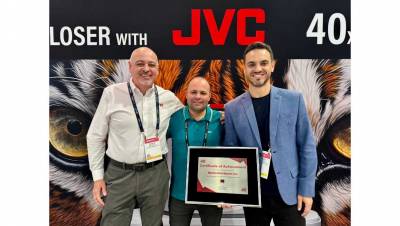

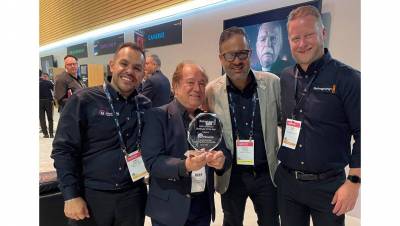




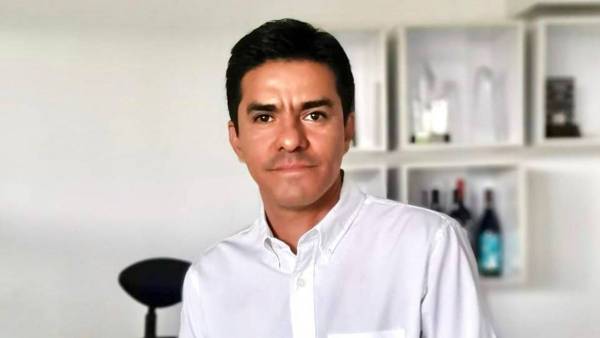


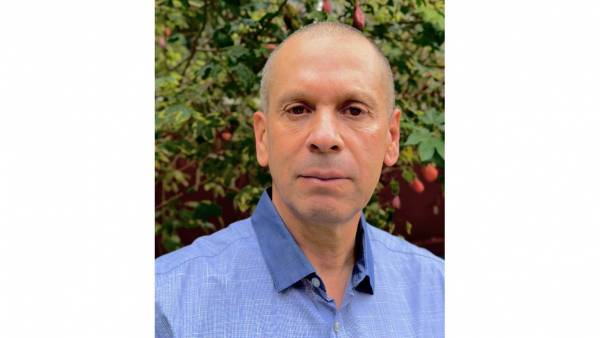

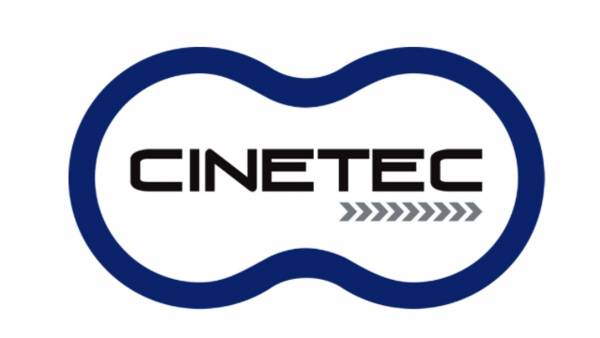






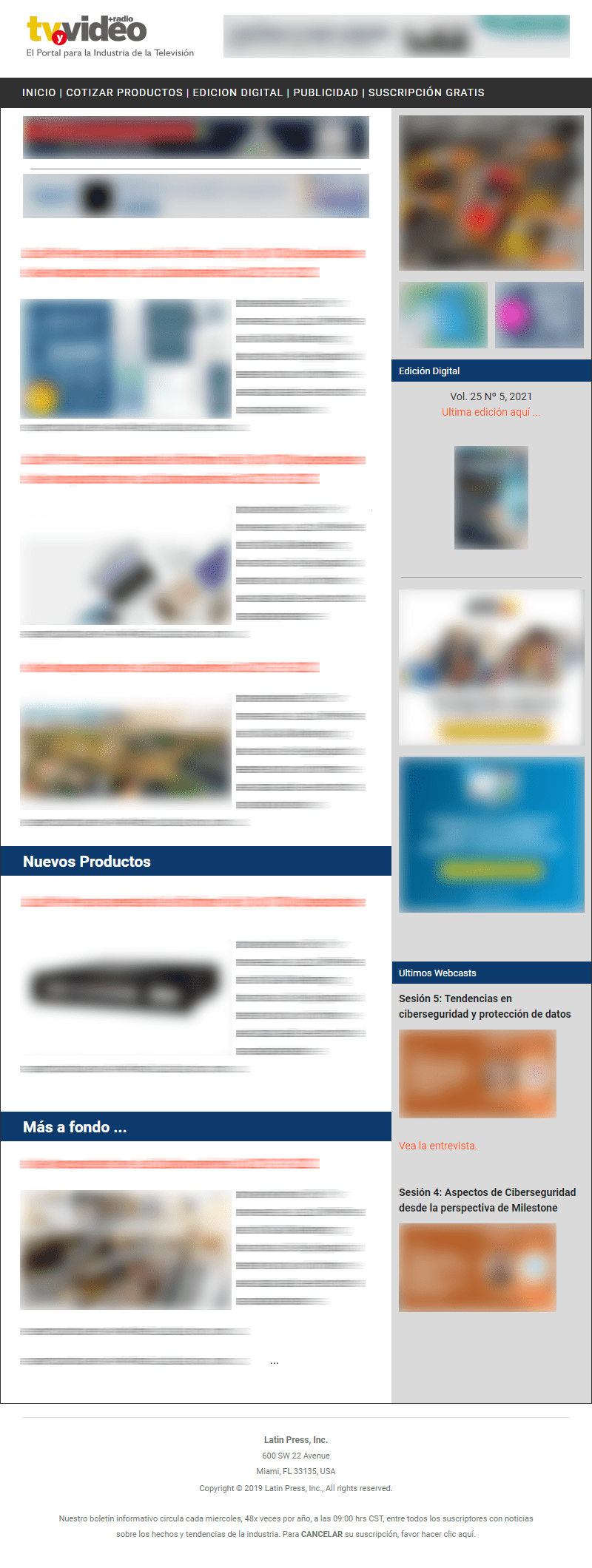
Leave your comment